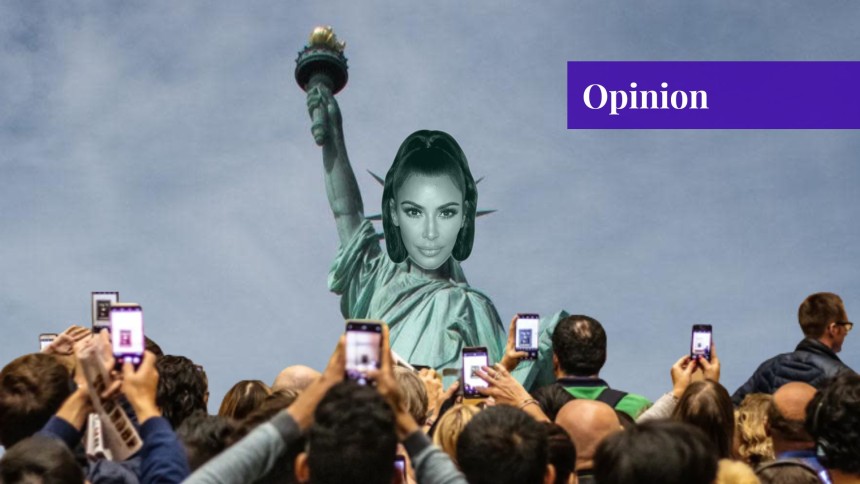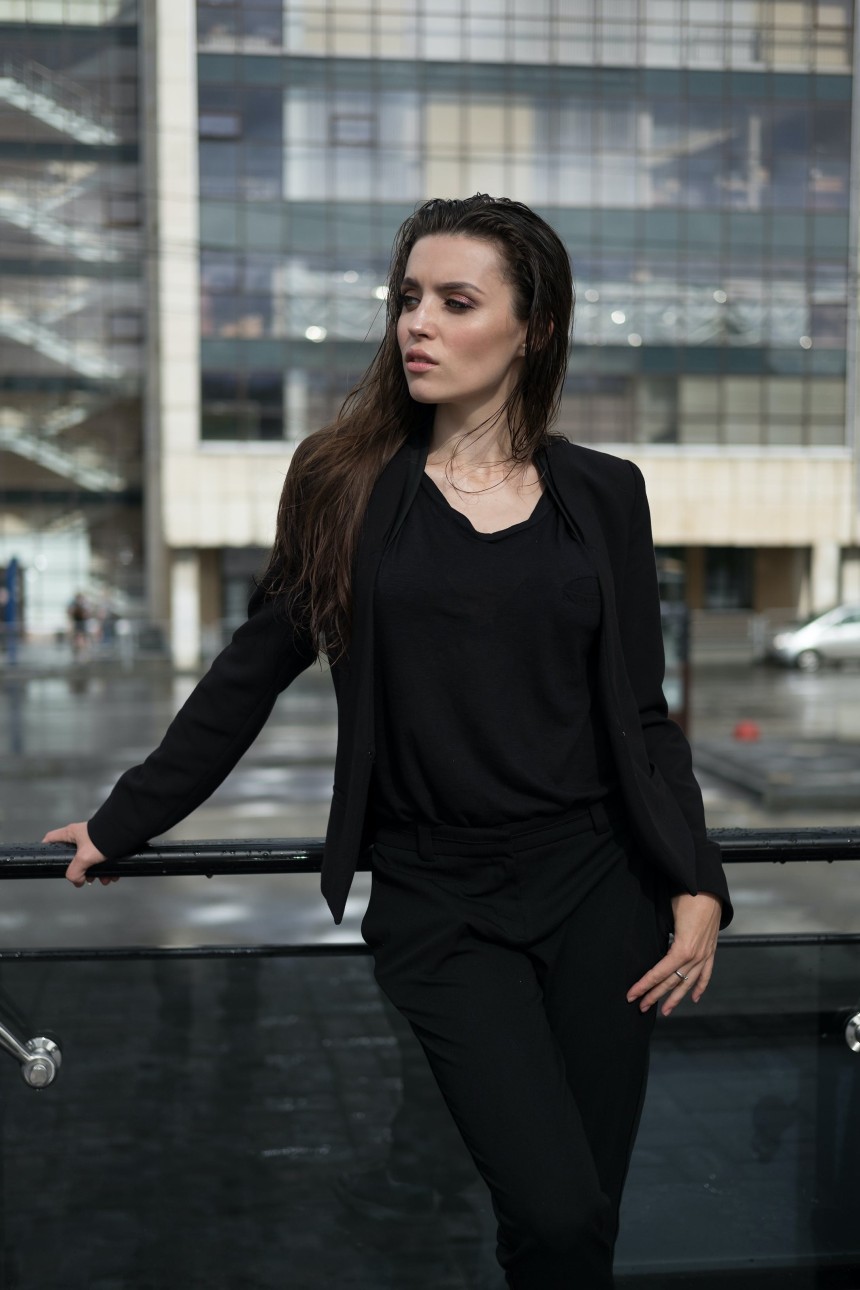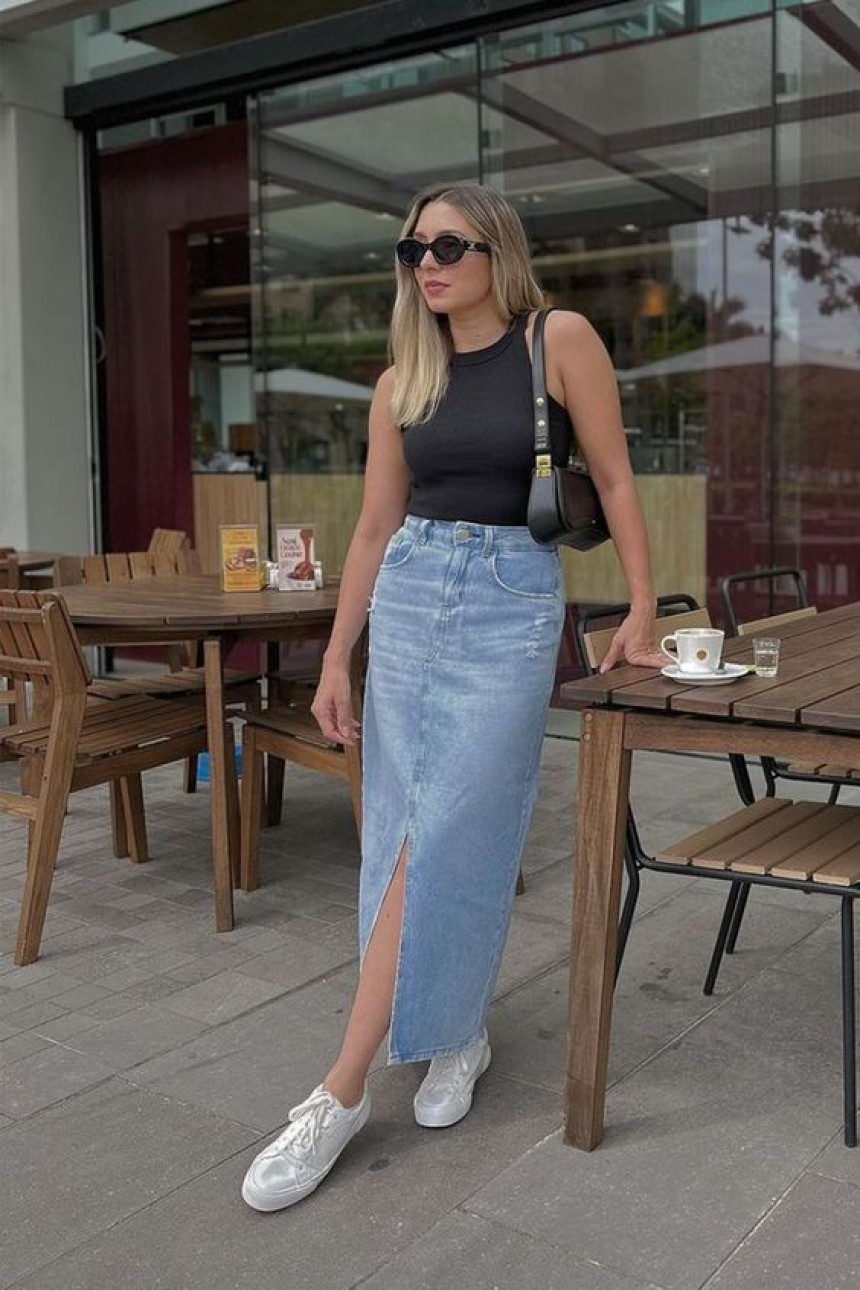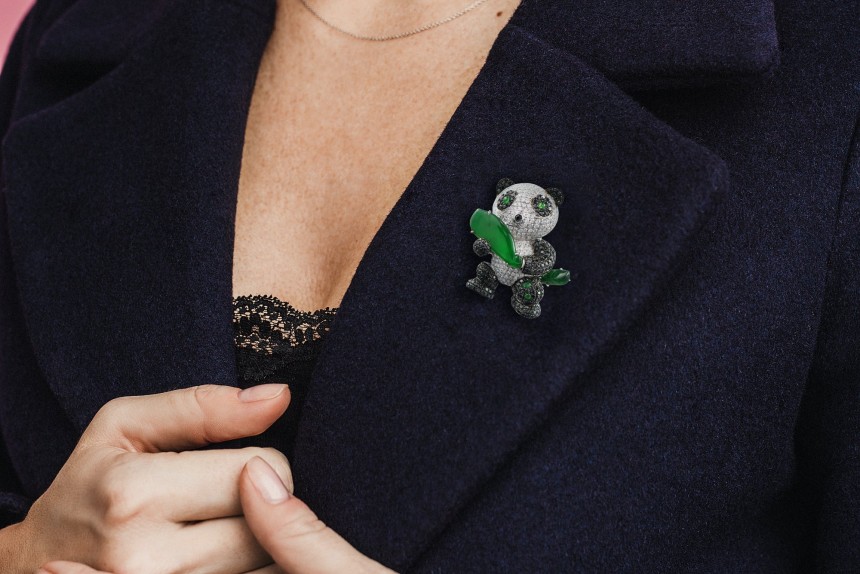
How I Regained My Confidence with a Brooch (and Why It is Not Just an Accessory)
I used to check everything twice before leaving the house, including my hair, my sleeves, and the invisible armor I donned to appear confident. It seemed as though confidence was something that was either innate or acquired in pricey programs. Neither did I. Unexpectedly, I did have a brooch.
A brooch, indeed. The type of item that most people think of when they think of costume jewelry or heirlooms. But believe me when I say that that tiny, shining pin altered my posture, my approach to spaces, and, ultimately, my perception of myself.
The Quiet Word of Brooches
Not all brooches are ornamental trinkets taken from your grandmother's jewelry collection. They talk. They say. Unless they know how to listen, they whisper signals that most people miss.
The brooch has been transformed into a statement of style and strength by fashion pioneers like Sebastian Stan and Colman Domingo, who openly wear them on red carpets. However, the brooch's lengthy and frequently radical past extends well beyond current fashions in menswear.
Consider the late U.S. Secretary of State Madeleine Albright, who is renowned for using her brooches as visual diplomacy. For tension, a spider. A dove for peace. Her complete collection, which is now housed at the National Museum of American Diplomacy, is proof that accessories may serve as statements in addition to being ornaments.
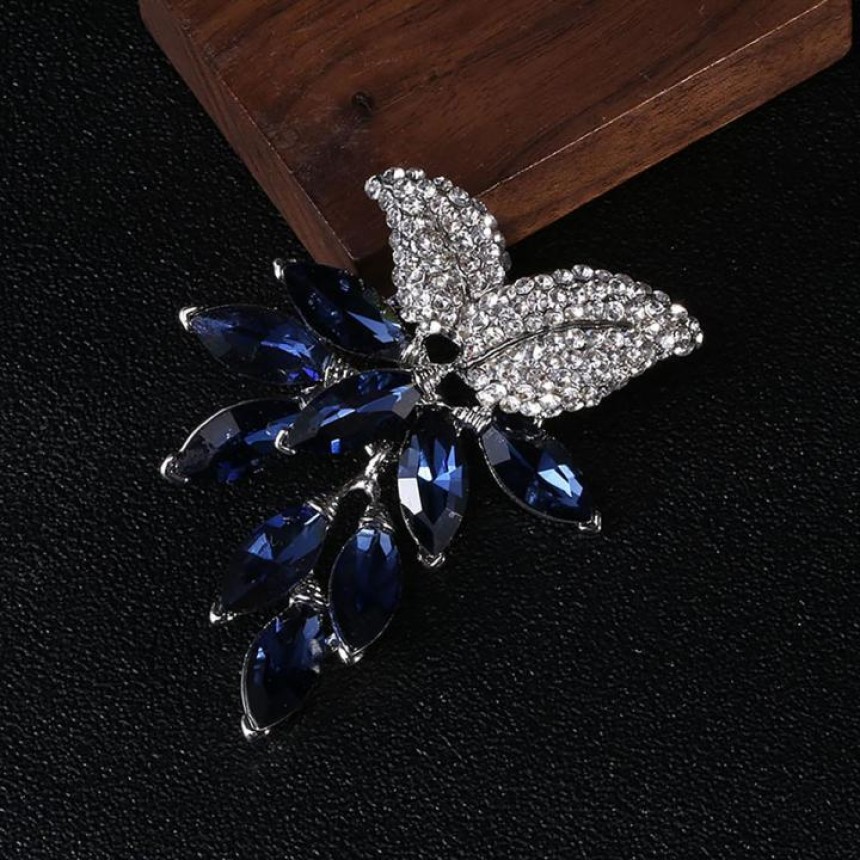
Not Only Style, But Protest
These days, brooches and pins are frequently worn in noisy solidarity or in silent opposition. Richard Gadd and Alan Cumming have used theirs to advocate for causes that range from awareness of sexual assault to trans rights. These are advocacy gestures worn at the collarbone, not merely fashion choices.
Additionally, it was a gradual, personal act of reclamation for me. I picked up a funny brooch at a vintage market after feeling invisible in my own life for months due to expectations, parenting, sorrow, or just the day-to-day grind. A tiny but peculiar gold beetle. I impulsively pinned it on my blazer.
Something changed.
What I Learned From Those Books on Confidence I found that people's perceptions of me changed when I was not wearing that brooch. In curiosity, not in judgment. It generated discussions. It helped me stay afloat throughout uncomfortable situations.Above all, it served as a reminder that I was still allowed to occupy space.
It had nothing to do with style. It has to do with visibility. This little pin said: Take notice of me in a society that frequently pushes women—particularly older, caregiving, or transitioning women—to the sidelines. I am still here.
A Resurgent Accessory Deserving of Celebration
Yes, brooches are back in vogue, but their significance is also returning. They enable us to wear our history, ideals, and emotions. They do not yell. They provide suggestions. They create a bond.
Therefore, think of the brooch if you are standing in front of your mirror and pondering how to reintroduce yourself to the outside world or even just to yourself. Begin modestly. Attach a surprise pin to your sweater, scarf, or lapel. While you are still trying to find your voice, let it do the talking.

